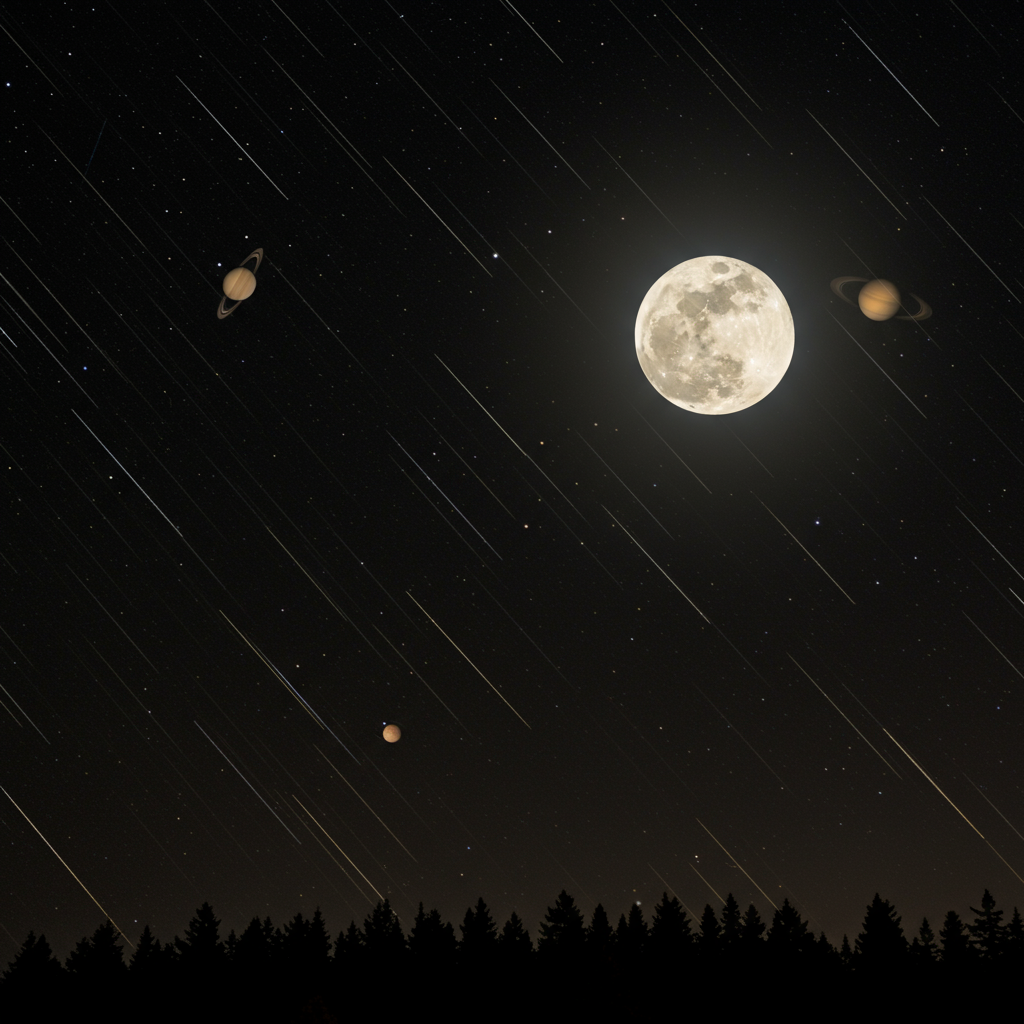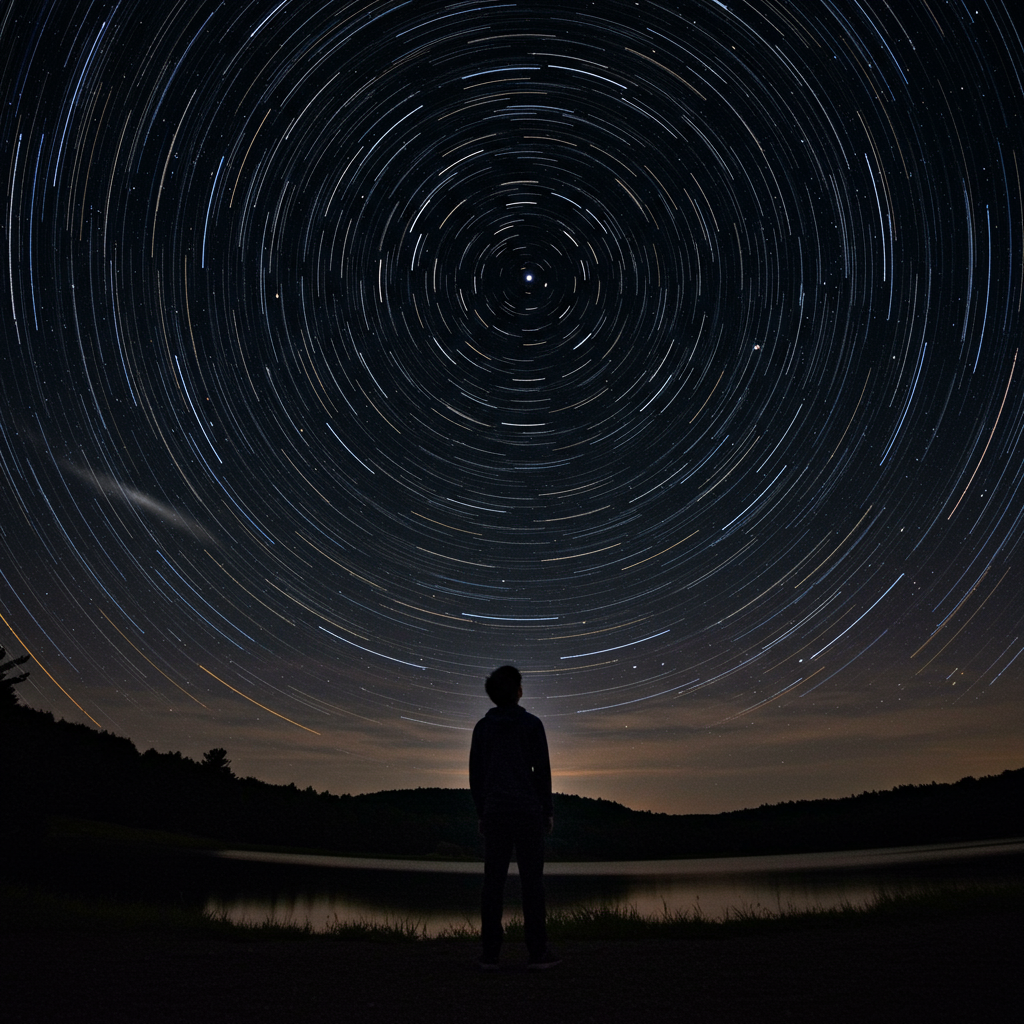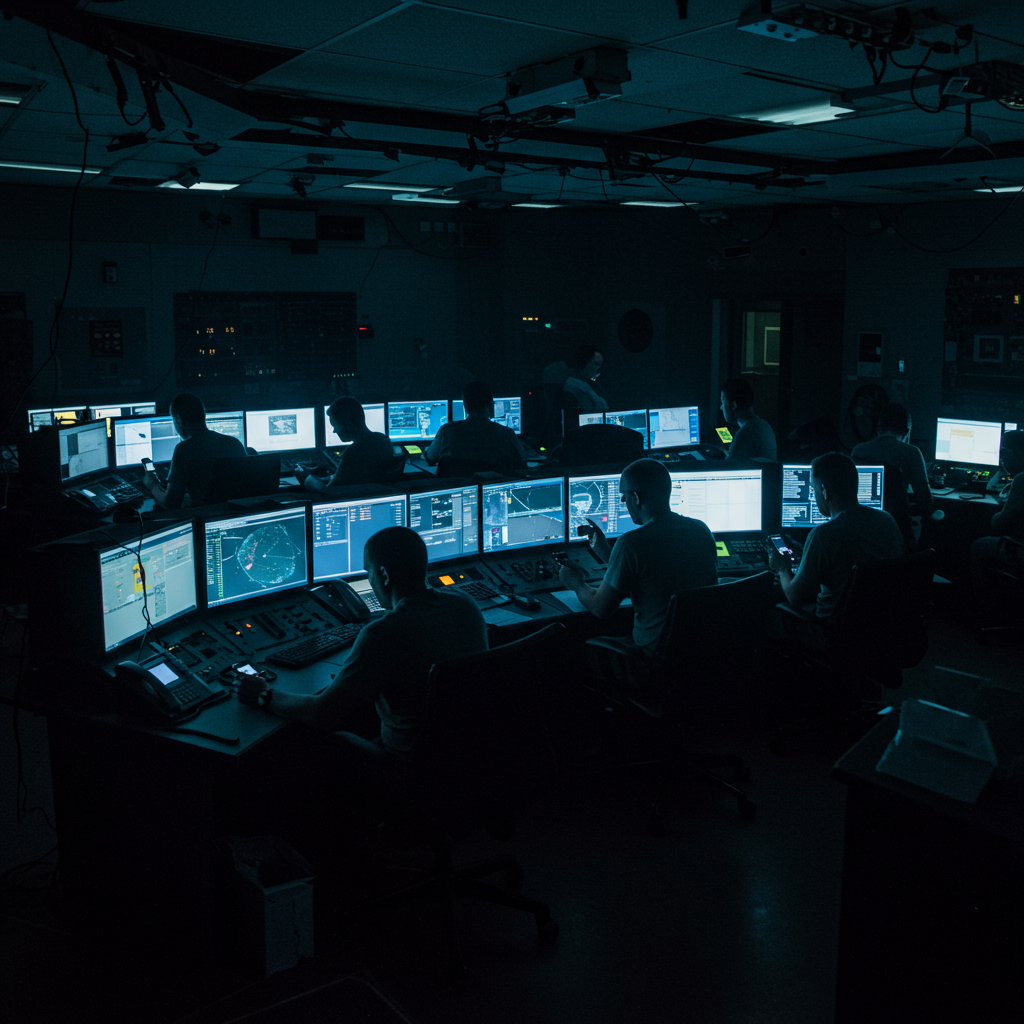Prepare for a celestial showcase! July 2025 promises a packed calendar for stargazers, offering spectacular views from a notable full Moon and a reliable meteor shower to rare opportunities to glimpse distant planets. Whether you’re an experienced astronomer or simply enjoy looking up, this guide highlights the essential dates and tips to make the most of July’s night sky. Clear skies permitting, get ready for unforgettable cosmic sights throughout the month.
What’s Happening in July’s Sky?
July’s night sky calendar features several key events designed to capture your attention. Beyond the familiar phases of the Moon, you can anticipate a chance to see the planet Mercury early in the month, the traditional Buck Moon taking center stage, and two meteor showers beginning their annual runs. A special viewing opportunity for the dwarf planet Pluto occurs mid-month, culminating in a beautiful conjunction between the Moon and Mars towards the end of July. Each event offers a unique reason to step outside and gaze upwards.
The July Full Moon: The Powerful Buck Moon
Mark your calendars for the full Moon arriving around 22:00 BST on July 10th. Known traditionally as the “Buck Moon,” this name reflects the season when male deer begin pushing out their new antlers, covered in a velvety fur. For many cultures historically, this marked a time of growth and sometimes the start of hunting seasons.
The practice of naming full Moons originated from Native American, Colonial American, and European traditions. Other evocative names for the July full Moon include the Thunder Moon, referencing the frequent summer thunderstorms, the Feather Moulting Moon (Cree), and the Salmon Moon (Tlingit), signifying the return of salmon ready for harvest. While the original article mentions the UK time, the peak illumination for the full Buck Moon in North America occurs earlier, specifically at 3:37 p.m. CT on July 10th.
Viewing conditions, as always, depend heavily on local weather and cloud cover. Some sources suggest this year’s Buck Moon might be a low-hanging one. This means in certain northern hemisphere locations, like the UK, it could appear quite close to the horizon. While still visible, this low angle might slightly affect how well you can observe its full brilliance compared to a higher-riding moon.
Prepare for the delta Aquariid Meteor Shower
July welcomes the start of the Delta Aquariid meteor shower, a consistent annual display. While some sources indicate it begins around July 12th, others place the start closer to July 18th, running into late August. The shower is expected to reach its peak activity on the nights of July 28th and 29th (some sources extend this to July 30th).
Under dark, moon-free skies, observers might see between 15 and 20 meteors per hour at the peak. Other estimates suggest a slightly lower rate of 7-8 per hour under typical conditions, but darker locations significantly enhance visibility. These meteors are known for being relatively faint compared to other showers, making truly dark locations away from city lights essential for the best viewing experience.
The Delta Aquariids are best observed after midnight. The radiant point, where the meteors appear to originate, lies near the star Skat (Delta Aquarii) in the constellation Aquarius, located in the southern sky from the Northern Hemisphere. While the shower is generally more prominent in the Southern Hemisphere, skywatchers in northern latitudes, including the southern United States, can still expect a decent show.
Unraveling the Delta Aquariid Origins
These fleeting streaks of light come from tiny dust and rock particles shed by Comet 96P/Machholz. Discovered in 1986, this short-period comet orbits the Sun roughly every 5.3 years. Comet 96P/Machholz is part of a fascinating cosmic family called the 96P/Machholz Complex, which includes multiple meteor showers and even an asteroid, suggesting a shared ancient origin.
Intriguingly, one hypothesis proposes that Comet Machholz might be an “alien” visitor from another star system, gravitationally captured by our Sun long ago. If true, the Delta Aquariid meteors you might see are potentially tiny fragments from a distant solar system burning up in Earth’s atmosphere – a truly mind-bending thought! A recent study indicates the specific particles causing this shower originated from the comet’s nucleus approximately 20,000 years ago. Viewing these meteors means witnessing ancient dust trails from a possibly interstellar object.
Catching the Elusive Pluto
July offers one of the best opportunities of 2025 to try and spot the distant dwarf planet Pluto. On July 25th, Pluto reaches ‘perigee’, the point in its elongated orbit where it is closest to Earth. Additionally, it will be in opposition, meaning it is aligned directly opposite the Sun as viewed from Earth.
This combination of being closest to us and fully illuminated by the Sun makes Pluto appear brighter than usual. Despite this favorable positioning, Pluto remains incredibly faint and challenging to see. You will almost certainly need a telescope to have any chance of spotting this tiny, distant world in the night sky. Even with a telescope, locating it can require patience and careful observation.
Witnessing a Moon and Mars Conjunction
Towards the very end of the month, a striking celestial pairing occurs. Look to the eastern sky before dawn on the morning of July 29th to see the waning crescent Moon appearing in close alignment with the reddish planet Mars. This visual closeness, called a conjunction, creates a beautiful sight for early risers.
If skies are clear, you should easily be able to identify Mars by its distinctive reddish tint, positioned near the slender crescent of the Moon. Some sources also mention Mars appearing near the Moon on the evening of July 28th just after sunset, perhaps setting the stage for the closer conjunction the following morning. Observing this pairing requires clear pre-dawn skies, so check your local weather forecast.
Other July Sky Highlights
July’s night sky doesn’t stop with the main events. Early in the month, around July 4th, the planet Mercury reaches its greatest eastern elongation. This provides a rare chance to see the “Swift Planet,” which is often hidden by the Sun’s glare. Look low on the western horizon shortly after sunset during twilight hours.
July is also the month the famous Perseid meteor shower begins, starting slowly around July 17th. While its peak isn’t until mid-August, you might see a few early Perseids by late July, distinguished by their radiant point in the constellation Perseus (in the northeast) compared to the Delta Aquariids (in the south near Aquarius). The Perseids are known for producing brighter meteors and occasional fireballs.
Throughout July, various planets will also make appearances near the Moon, including Saturn (July 15-16 after midnight) and both Venus and Jupiter visible near the waning crescent Moon in the predawn sky around July 21st-23rd. The dark skies around the New Moon on July 24th are perfect for seeing fainter objects like the Milky Way band itself, provided you are far from light pollution. The summer sky also prominently features constellations like Scorpius with its bright red heart star, Antares.
Tips for Enjoying July’s Stargazing Events
Making the most of July’s night sky requires a little preparation.
Find Dark Skies: Light pollution drastically reduces visibility, especially for faint meteors and planets like Pluto. Head away from city lights if possible.
Check the Weather: Cloud cover is the biggest obstacle. Use a reliable weather forecast specific to your location.
Be Patient: Allow your eyes at least 15-20 minutes to adjust to the darkness for optimal viewing. Avoid looking at bright screens during this time.
Get Comfortable: Lie down on a blanket or in a reclining chair to easily scan the entire sky for meteors.
- Know When and Where to Look: Use the dates, times (local time adjustments apply!), and directions provided for each specific event. For meteor showers, look slightly away from the radiant point to see longer streaks.
- www.bbc.com
- www.tennessean.com
- earthsky.org
- <a href="https://thehill.com/homenews/nexstarmediawire/5379629-buck-moon-swift-planet-and-more-how-to-enjoy-julys-night-sky-events/amp/”>thehill.com
- www.theweathernetwork.com
Frequently Asked Questions
What is the Buck Moon and when can I see it in July 2025?
The Buck Moon is the traditional name for the July full Moon, signifying the time when male deer are growing new antlers. In 2025, the full Buck Moon occurs on July 10th, becoming fully illuminated around 22:00 BST (or peaking at 3:37 p.m. CT). Visibility depends on your location and local weather conditions, but it will appear full for a day or two around this date.
Where is the best place to watch the Delta Aquariid meteor shower?
The Delta Aquariid meteor shower is best viewed from the Southern Hemisphere. However, observers in the Northern Hemisphere, especially in southern latitudes, can still see a good display. For the best views anywhere, find a location far away from city lights (dark skies are crucial), look up after midnight, and position yourself to have a clear view of the southern sky where the radiant point near Aquarius is located.
Do I need a telescope to see July 2025 night sky events?
For most events like the full Buck Moon, the Delta Aquariid meteor shower, and the Moon-Mars conjunction, you do not need a telescope; they are visible with the naked eye (dark skies help for meteors and fainter objects). However, viewing the dwarf planet Pluto around July 25th will almost certainly require a telescope due to its small size and distance. Binoculars can enhance views of brighter objects like the Moon and Mars pairing.
Get Ready to Look Up
July 2025 is shaping up to be a fantastic month for anyone interested in astronomy. From the traditional beauty of the Buck Moon to the potential excitement of spotting ancient space dust from a potential alien comet during the Delta Aquariids, there’s something for everyone. Add in a special chance to see Pluto and a lovely Moon-Mars conjunction, and you have multiple reasons to step outside after dark. Remember to check your local weather forecast and find a spot away from bright lights to maximize your viewing potential. Don’t miss these incredible celestial moments!




